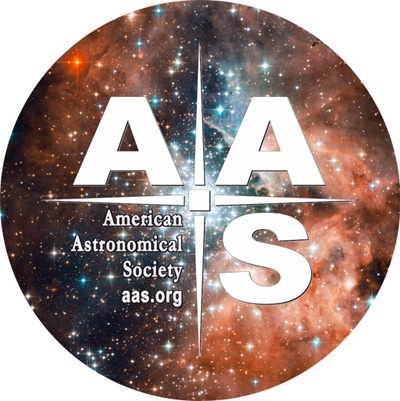8 June 2020
Susanna Kohler

What happens in galactic and intergalactic settings when cold, dense gas moves through hot, diffuse gas? You can see the result in the complex simulations shown above, as reported in a recent publication led by scientist Drummond Fielding (Center for Computational Astrophysics, Flatiron Institute). Turbulent mixing layers like those simulated by Fielding and collaborators form in a vast variety of cosmic environments: the interstellar medium, the circumgalactic medium, expanding supernova remnants, cosmic filaments, galactic winds, protoplanetary disks, the solar corona, and many more. The authors’ new models show the fractal nature of the cooling surface that arises within these layers as the gases mix.
You can watch the animated version of the simulation below, which shows how eight different fluid properties evolve over time in a turbulent layer containing mixing cold and hot gas. For more information, check out the original article, linked below.
Citation
“Multiphase Gas and the Fractal Nature of Radiative Turbulent Mixing Layers,” Drummond B. Fielding et al 2020 ApJL 894 L24.
https://iopscience.iop.org/article/10.3847/2041-8213/ab8d2c
See the full article here .

five-ways-keep-your-child-safe-school-shootings
Please help promote STEM in your local schools.

AAS Mission and Vision Statement
The mission of the American Astronomical Society is to enhance and share humanity’s scientific understanding of the Universe.
The Society, through its publications, disseminates and archives the results of astronomical research. The Society also communicates and explains our understanding of the universe to the public.
The Society facilitates and strengthens the interactions among members through professional meetings and other means. The Society supports member divisions representing specialized research and astronomical interests.
The Society represents the goals of its community of members to the nation and the world. The Society also works with other scientific and educational societies to promote the advancement of science.
The Society, through its members, trains, mentors and supports the next generation of astronomers. The Society supports and promotes increased participation of historically underrepresented groups in astronomy.
The Society assists its members to develop their skills in the fields of education and public outreach at all levels. The Society promotes broad interest in astronomy, which enhances science literacy and leads many to careers in science and engineering.
Adopted June 7, 2009
